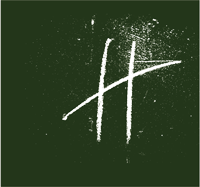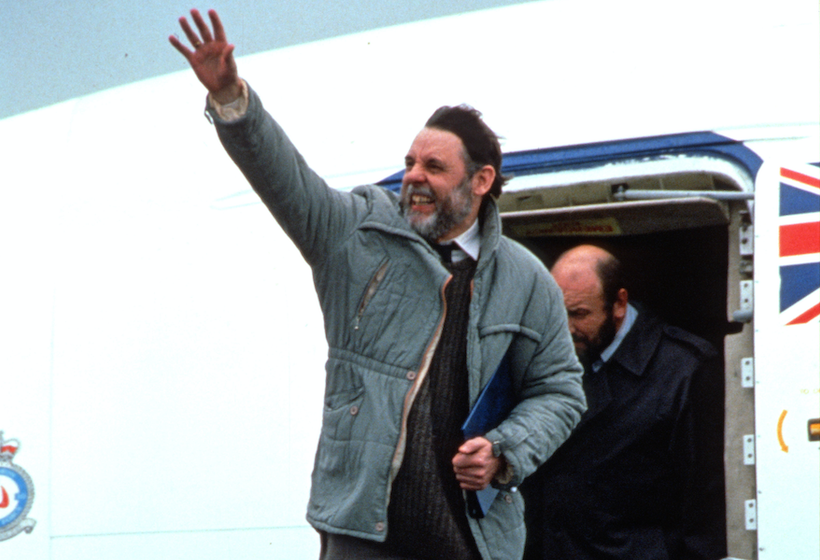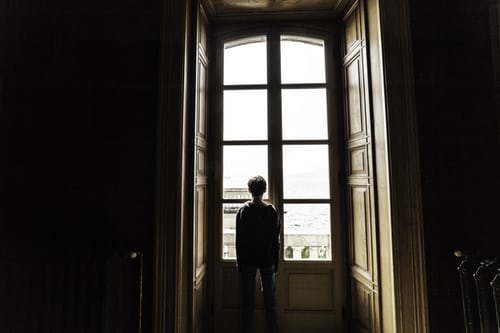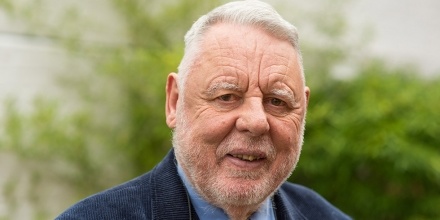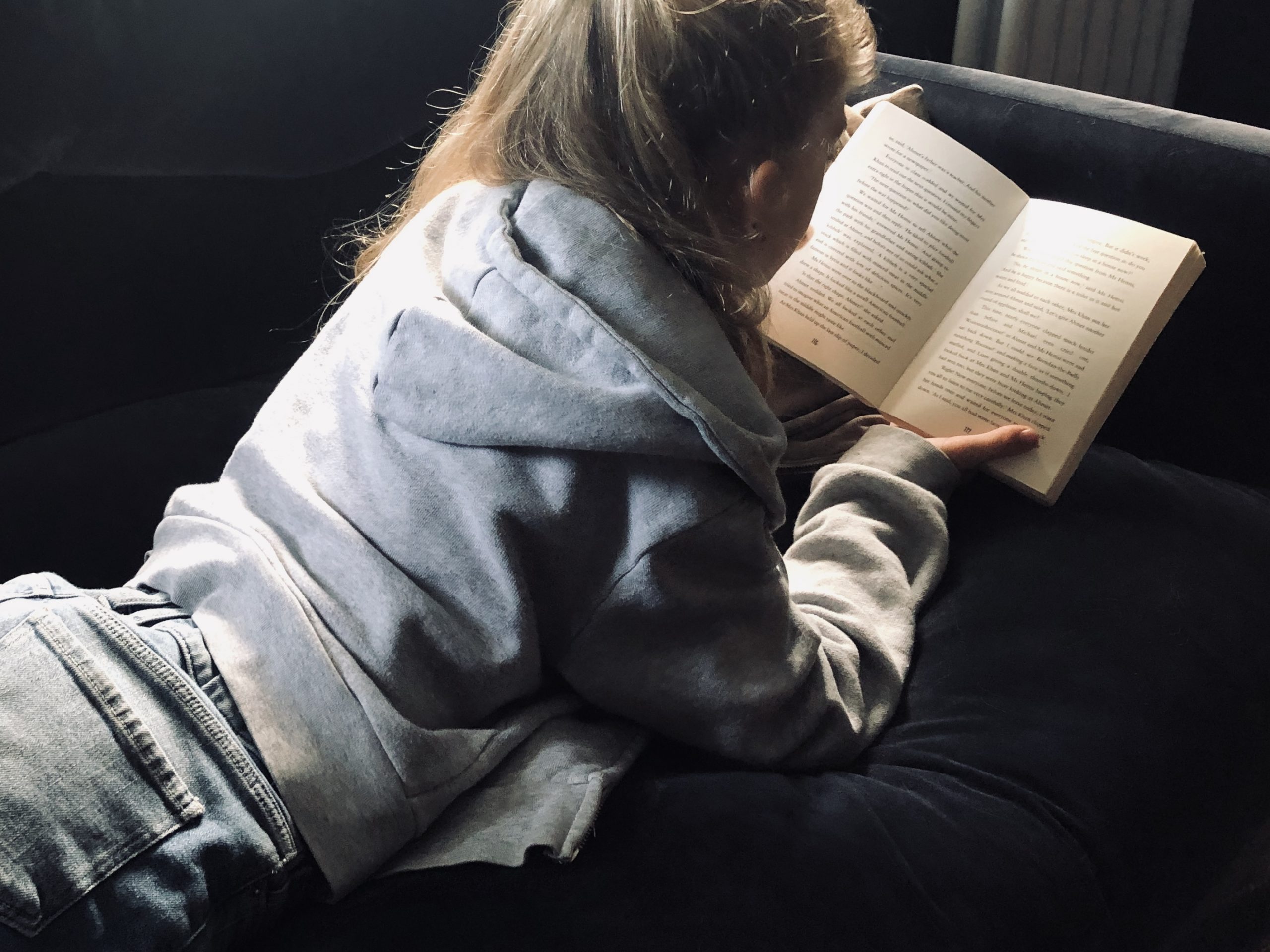
The dangerous flow of traumatic images spilling into people’s lives
BLOG: By Professor Gordon Turnbull, Hostage International Mental Health Adviser
Horrific images of hostages and kidnap stories are often in the news. While Hostage International works to support former hostages and their families, I would urge editors to stop and think carefully about how these stories are reported. This isn’t only for their own sake, but for that of the general population as well as those directly affected by kidnaps.
With Covid touching people’s lives to varying degrees, the entire population is living with an underlying stress. We all have a finite amount of stress that we can cope with, we call it the ‘pint pot theory’; if we have too much stress from different elements of our lives, the pint pot will overflow and our lives will become more challenging.
The pint pot fills with stress from various sources. For example, with concerns around the coronavirus pandemic; it is not only the fear of you or your family and friends catching it, but also the wider concerns around economics, livelihoods and education.
A pint pot may be perilously close to the brim when you see something distressing on social media or elsewhere, so the pot of stress fills completely and spills over.
The impact of distressing images:
And that spill over is the problem, the manifestation of stress can make someone’s world feel unsafe. It can lead to panic and anxiety, depression, phobias of watching TV at all and in extreme situations to PTSD; all of which, if not treated carefully, can lead to a myriad of health issues.
For former hostages or family members who have a loved one held captive, these media images can have a particularly huge impact. They can trigger traumatic stress reactions by suddenly, and without warning, reminding those ‘carrying’ a trauma of their own experiences, causing distressing flashbacks and nightmares leading to emotional destabilisation and physical conditions which require urgent treatment. The mind and the body are both involved but, eventually, “the body keeps the score”.
Hostage International will always endeavour to support former hostages, and families of hostages, and they may ask us if they should watch a certain programme. We can advise and warn, but, often, individuals have unique sensitivities to images in social and media pieces which cannot be predicted. Exposure to such images of trauma can bring old, unprocessed traumas to the surface but can also induce new trauma reactions in those who are trauma-free if they are sufficiently powerful and toxic.
We spoke with a former hostage this week, someone who was subjected to unspeakable acts of terror, and discussed media use of images, in particular the BBC’s In the Face of Terror documentary series highlighting the painful stories of family members of hostages and survivors.
“Seeing images of terrorism often has sad parallels and touching points with my own experience. It is unwise to show clips from extremist videos as it only gives them the platform they crave.
“I’m not sure what the programme makers are trying to achieve apart from making us feel really sorry for the bereaved families, which we already are,” he said.
Information without trauma:
Unfortunately, it feels that media are too often concerned about selling the more dramatic and sensationalist pieces, but in turn these can cause more trauma. For someone whose pot is not particularly full they may consume these horrific pieces of media as a reassurance that they are personally okay, but for someone whose pot is on the verge of spilling over it leads them to feeling unsafe. The latter is, more often than not, more likely during a pandemic. There are obvious similarities between the way a virus spreads and the way a traumatic event can cause widespread distribution throughout a population. Social and news media need to be aware of this potential and should try to minimise the contamination.
Here at Hostage International we aim to find a balance between being over-protective and learning when images are needed as an integral part of the story, while increasing understanding with journalists and editors when we ask to have brutal images removed.
This isn’t to say that reporting on traumatic events isn’t essential in order to inform people of what is going on in the world, but they need to be written and edited in a way so as not to cause trauma to viewers for whom we don’t know how full their pint pot might be.
Tips to stay safe and cope with stress:
To keep your pot at manageable level, there are many ways to cope with stress, and our co-founder Terry Waite has some tips to support you here.
For journalists wanting support around reporting on trauma contact the Dart Center for Journalism & Trauma.
Hostage International also offers training to media outlets around supporting families of those kidnapped and to former hostages.
Please support our work. Donate here.
October 2020
